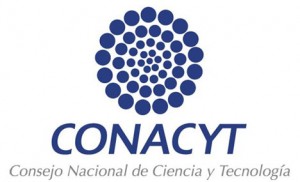Acknowledgments
[6] Posdoctoral Research Awarded
1st year: CONACyT Grant No. 129569
2nd year: CONACyT Grant No. 172529
[5] Brazilian Awarded Travel Bursaries to Students for the
6th International Conference on Synchrotron Radiation in Materials Science
July 20th-23th, 2008, Campinas, Brazil
[4] Ph. D. CONACyT Grant No. 170588
[3] Australian Ceramic Society Awarded Travel Bursaries
to Students for the Materials and Austceram 2007
International Conference that was held in
July 4th-6th, 2007, Sydney, Australia
[2] International Microscopy Congress
International Federation of Societies for Microscopy IMC16/IFSM
Scholarship for Young Scientists
supported by Hitachi High-Technologies Corp.
September 3th-8th, 2006, Sapporo, Hokkaido, Japan
[1] M. Sc. CONACyT Grant No. 170588
DGEP y PAPPIT Grant No. IN116903
Prof. Dr. Luis Fernando Magaña Solis (PhD)
CONACyT Grant No. 33632U
Dr. María Inés Rosales Vázquez (Advisor)


